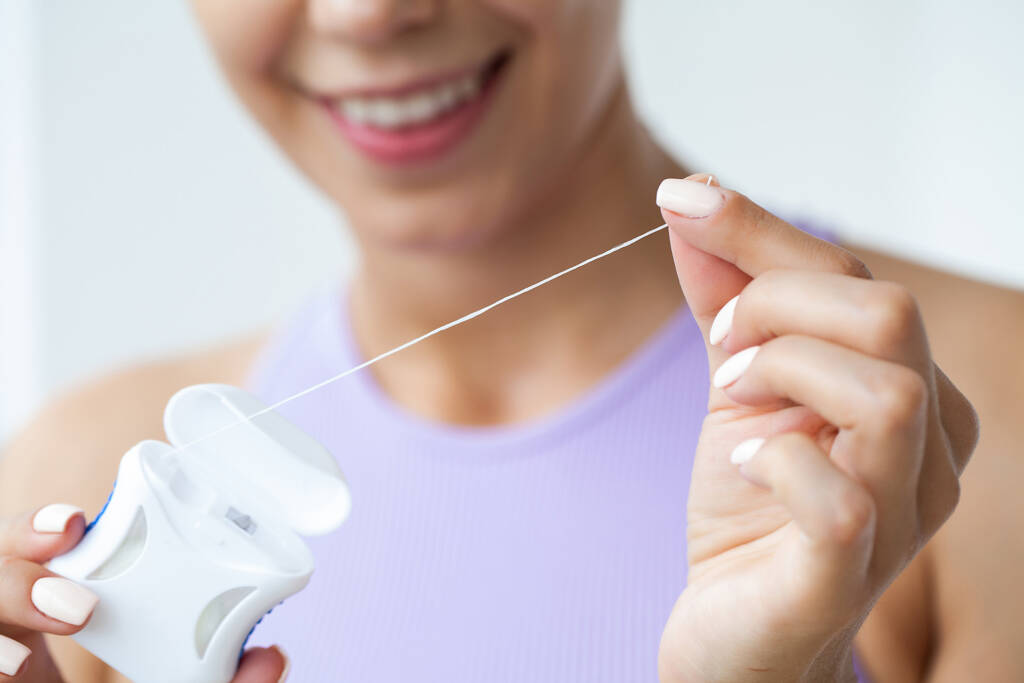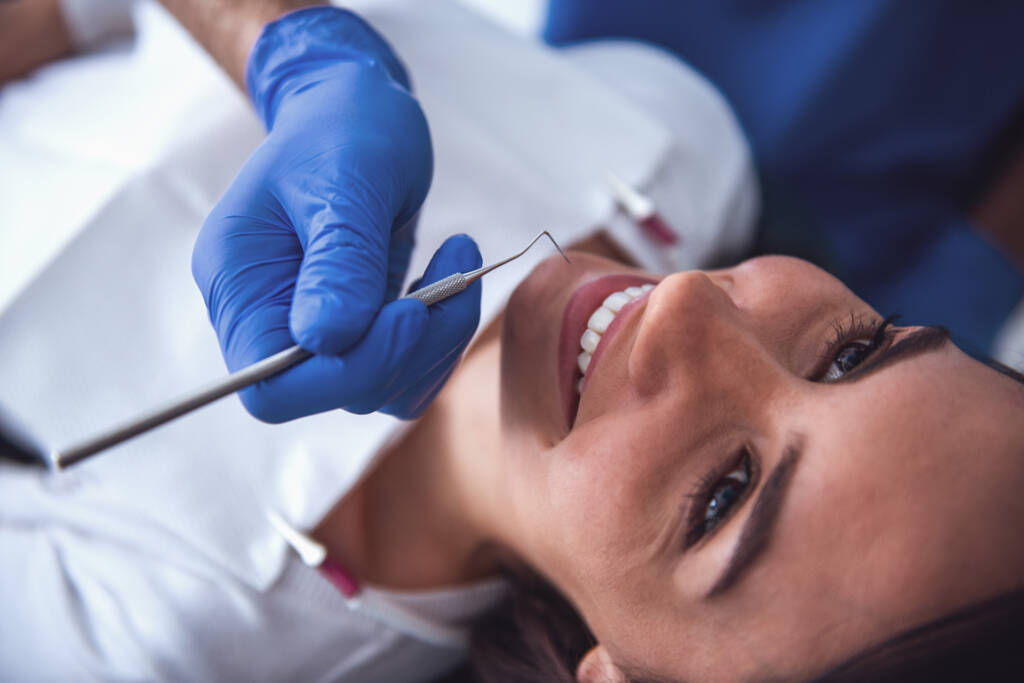Many people are unaware that some dental floss products may contain harmful chemicals. Here’s a comprehensive guide to help you understand the risks and how to choose a safer option for your oral health.
1. Why You Should Be Concerned About Toxic Floss
- Potential Exposure to Harmful Chemicals: Some flosses are coated with substances like PFAS (per- and polyfluoroalkyl substances), which are linked to various health concerns.
- Absorption Through the Gums: These chemicals can potentially enter your bloodstream through the soft tissues in your mouth.
- Long-Term Health Risks: PFAS exposure has been associated with hormone disruption, immune system effects, and even increased cancer risk.


2. Common Toxic Ingredients in Floss
- PFAS (Teflon-like substances): Often used to make floss glide more easily.
- Petroleum-based Waxes: Can contain impurities or residues harmful to health.
- Artificial Flavors and Dyes: Some contain synthetic additives that may cause irritation or allergic reactions.
3. How to Identify Toxic Floss
- Check the Label: Look for ingredients like PTFE or “Teflon” which indicate PFAS.
- Avoid Unlabeled or Vague Descriptions: Phrases like “coated for comfort” without specifics can be red flags.
- Research the Brand: Look up the manufacturer’s transparency and third-party testing reports.
4. Safer Alternatives to Consider
- Natural Silk Floss: Biodegradable and free of synthetic chemicals.
- Charcoal or Bamboo-Based Floss: Often coated with natural wax and free from PFAS.
- Corn or Plant-Based PLA Floss: A compostable option with fewer additives.
- Unwaxed Floss: Though not as smooth, it’s often free from coatings that may be toxic.
Many people are unaware that some dental floss products may contain harmful chemicals.
5. Recommended Non-Toxic Floss Brands
- Dr. Tung’s Smart Floss: Expands slightly for better cleaning and is PFAS-free.
- Radius Natural Silk Floss: Biodegradable and coated with natural candelilla wax.
- Ecodent GentleFloss: Vegan, cruelty-free, and made without harmful chemicals.
- Boka Floss: Infused with natural ingredients and fluoride-free.

6. Additional Tips for Safe Flossing
- Floss Gently: Avoid snapping floss into your gums, which can cause damage.
- Use a New Section for Each Tooth: This reduces the risk of spreading bacteria.
- Pair with Good Brushing Habits: Safe floss is most effective when part of a complete oral hygiene routine.
Final Thoughts
While flossing is essential for healthy gums and teeth, it’s important to choose a product that supports your health rather than compromising it. By being informed and selective, you can maintain a clean mouth and a cleaner body too.



